By Melissa Ruggles
In Indonesia, liquefied petroleum gas (LPG) is the most widely used energy source for cooking, and it is specifically an important source of energy for 50% of the poor and near-poor households who can access it. However, due to the rising costs of the fuel, and thereby the subsidies, the Indonesian government is seeking to reform the LPG subsidy programme, which amounted to half of the government’s energy expenditure at USD $1.9 billion in 2016. Despite the significant subsidies aimed at lowering prices, most poor women have had to pay inflated prices for LPG.

These issues were the starting point for the research presented in the recent report, “Gender and Fossil Fuel Subsidy Reform: An Audit of Data on Energy Subsidies, Energy Use and Gender in Indonesia,” by Niken Kusumawardhani (SMERU Research Institute), Rafiazka (“Fika”) Hilman (Universitas Gadjah Mada), Tara Laan, Nila Warda and Rachma Nurbani. The Global Subsidies Initiative of the International Institute for Sustainable Development (IISD) published the report, and ENERGIA supported the research within its Research Area 4 on Gender and Energy Sector Reform. Through its research programme and five research areas, ENERGIA aims to enhance policy development and effectiveness by providing data on the gender impacts of energy interventions.
Subsidy reforms need to take poor women into account
I interviewed two authors about the report findings, and according to Niken and Fika, any changes in the LPG subsidy programme must take gender impacts into account and be targeted towards the poorest households and women as primary energy users of cooking fuels in households. As Fika explains, “poor and near-poor people are naturally more price sensitive and there is a tendency for them to switch to using other energy sources, such as kerosene, firewood and biomass when the LPG price hikes.” Poor households, especially women, suffer from switching to other energy sources because women then have to spend more time collecting wood or arranging other less-efficient fuel sources, which means more time cooking and indoor pollution as well. And as Niken points out, “many rural poor and near-poor are not aware of the harmful health effects of indoor pollution.” Although derived from fossil fuel, LPG is more efficient and cleaner for indoor use than many available alternatives and saves a lot of cooking time.
It’s not just the price
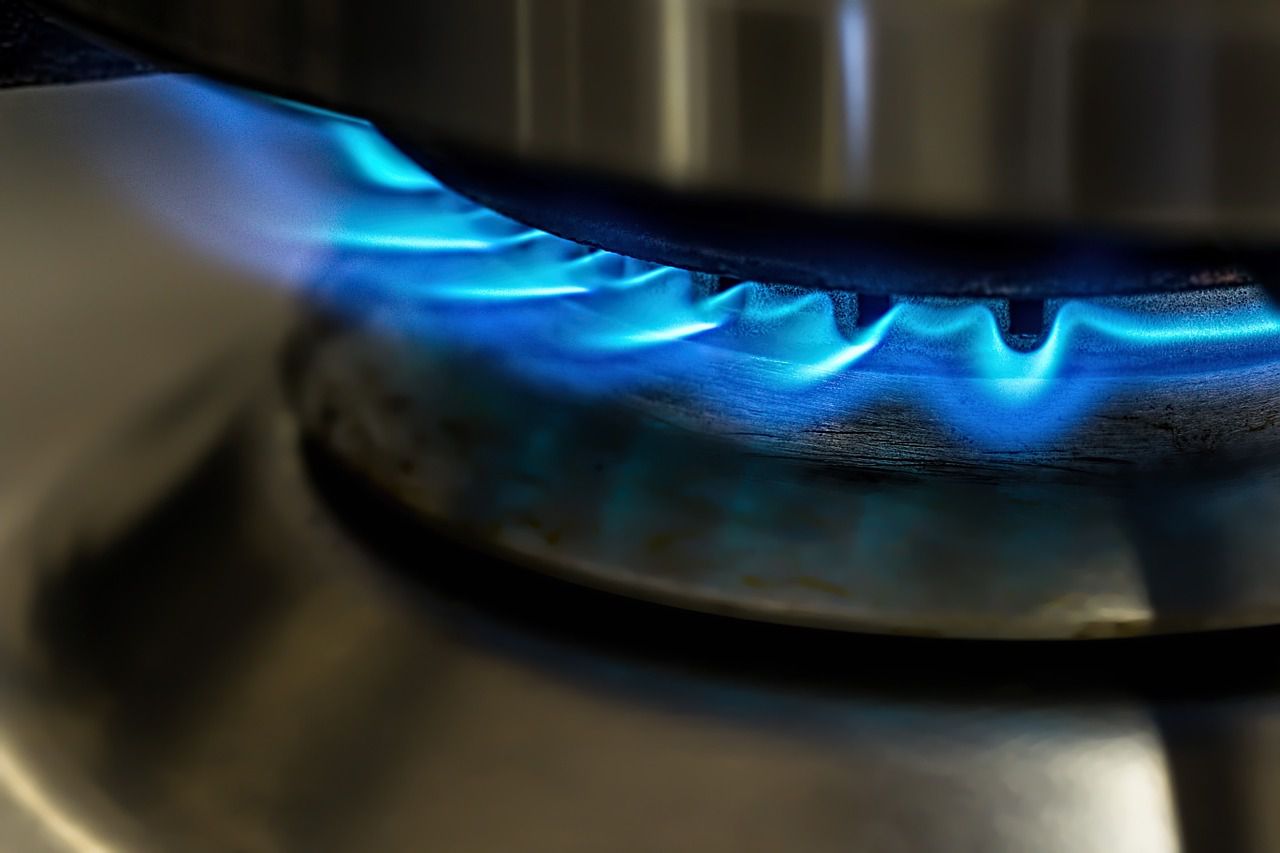
The issue with the LPG subsidy programme is not just price, however. The market availability of LPG and the distribution of it to rural areas where many poor and non-poor families live in Indonesia, are also problematic. In short, access to LPG (and hence the current subsidies) is skewed, as the majority of people who can access it live in urban areas and are not poor. Fika, Niken and the team found that the distribution of LPG subsidies only reaches and benefits 12% of people in the bottom income quintile of the population, and 30% of the population in the bottom two quintiles, i.e. the poor and near-poor. (pg.1)” The remaining 70% of LPG subsidy spending benefits the non-poor. The wealthiest households consume the most 3-kg LPG cylinders per household, more than double that of poor or near-poor households. However, predictive modeling has been done which suggests, “unless savings from the energy subsidy reform is redistributed to poor households, the poorest 40% of the population will experience declines in income, employment and consumption (Ibid).” And who could be the hardest hit? Poor women.
The Indonesian government is due to roll out the reform in March 2018. In the meantime they are still weighing reform options: one would link distribution of LPG to the national poverty database, which is used in other social protection schemes; and another would be a card-based scheme connected to the national welfare card system. According to Niken and Fika, the first option seems the most promising in terms of reaching the most poor and non-poor households in Indonesia, but what the reform options and overall energy policy of Indonesia lack, is attention to the gender implications of future subsidy and policy changes.
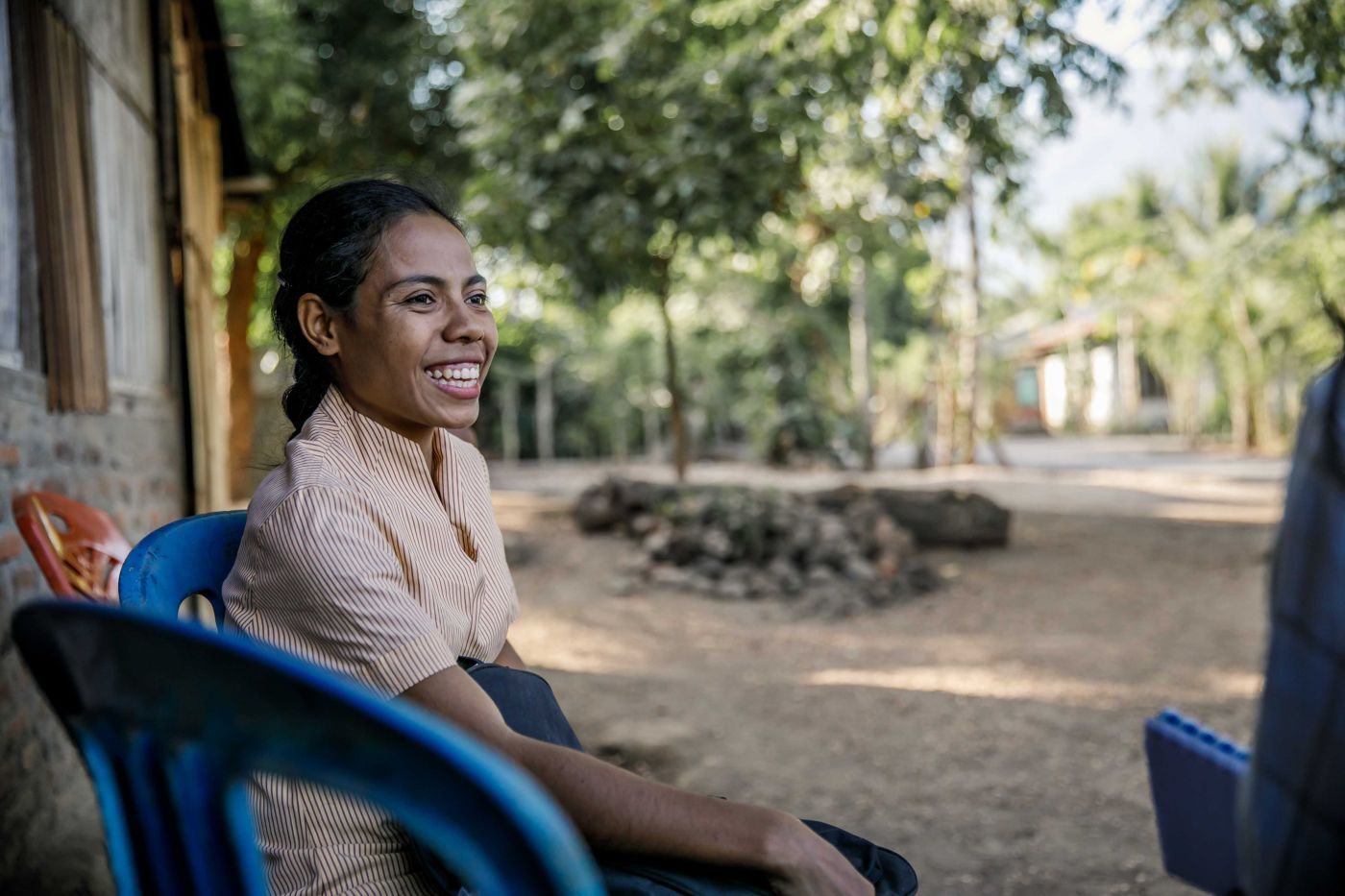
Our call to the Government of Indonesia
At the international level, there is a growing recognition that the goal of clean energy for all will not be achieved unless women’s energy needs are better understood and addressed in both policy and action. Being able to address women’s needs and tapping into their potential in energy interventions will contribute to achieve the Social Development Goal (SDG) of achieving universal access to energy by 2030. Current subsidies could be better targeted towards poor women and rural women for improved energy access. Niken presented the initial findings from the research to policy makers at an APEC Energy Working Group capacity building workshop on Fossil Fuel Subsidy Reform in July 2017, Jakarta. The full report was launched at the UNFCCC, COP 23, by Peter Wooders of IISD in Bonn at a side event on gender and women’s empowerment on the 15th of November.
ENERGIA, GSI-IISD and the research team members behind the report encourage the Indonesian government to focus on gender and poverty when planning reforms to the LPG subsidy programme and overall energy policy so that LPG can be accessed by the poorest, and so that gender differences in energy use are acknowledged and incorporated. Equitable energy access cannot be achieved otherwise.
The full report can be downloaded from the IISD website: here






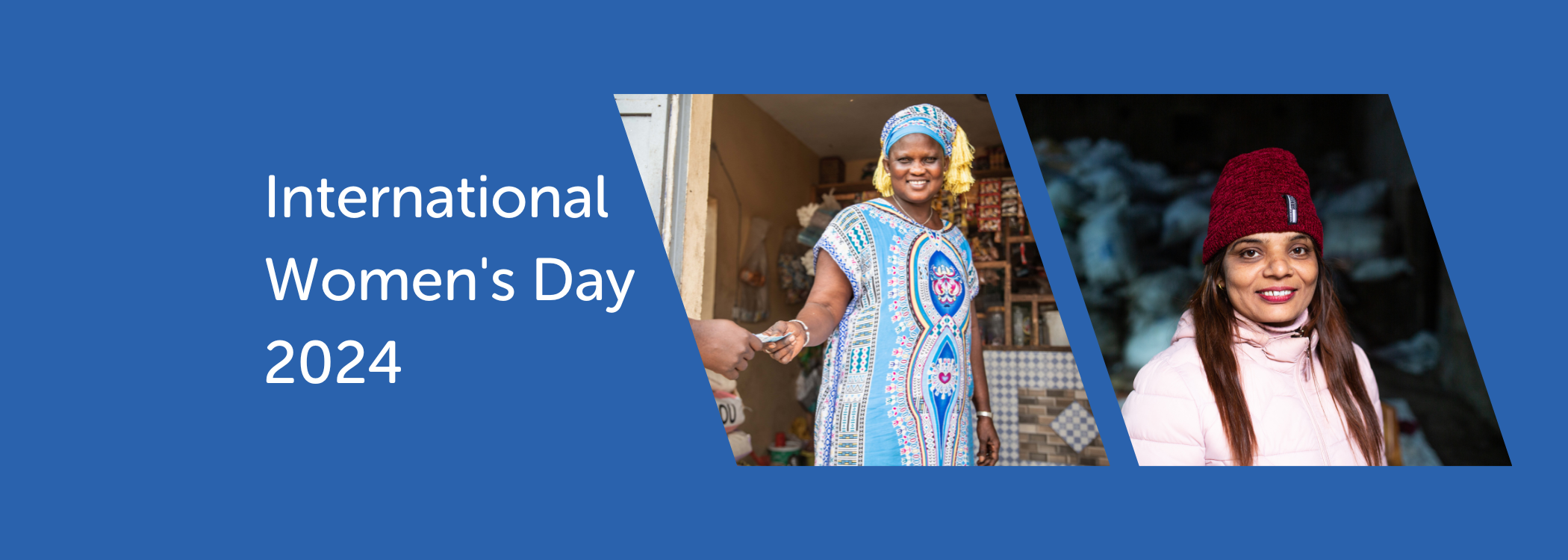


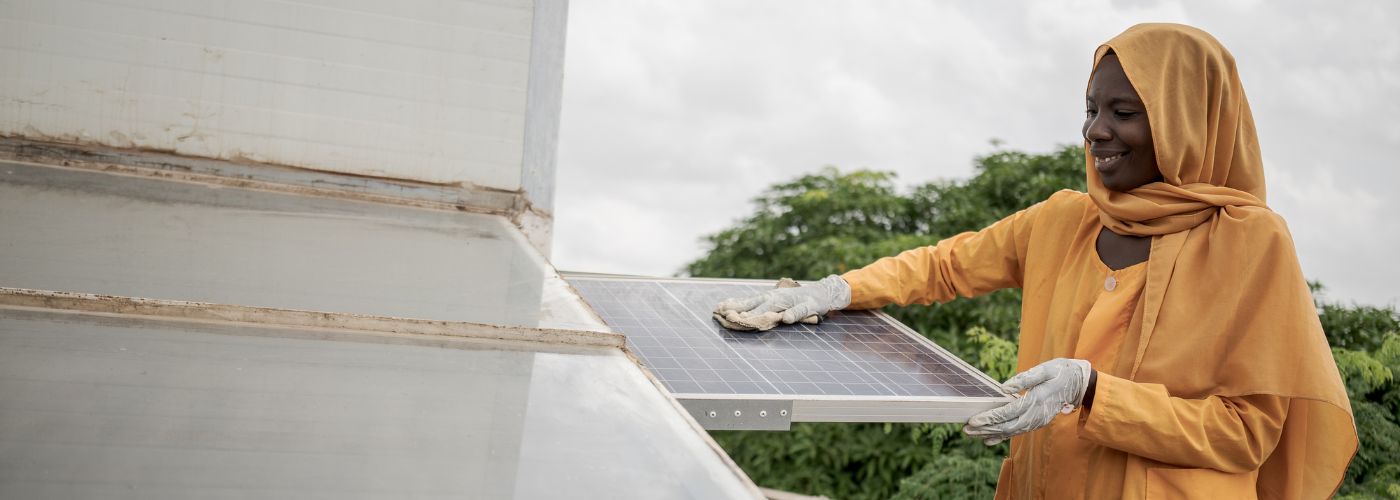
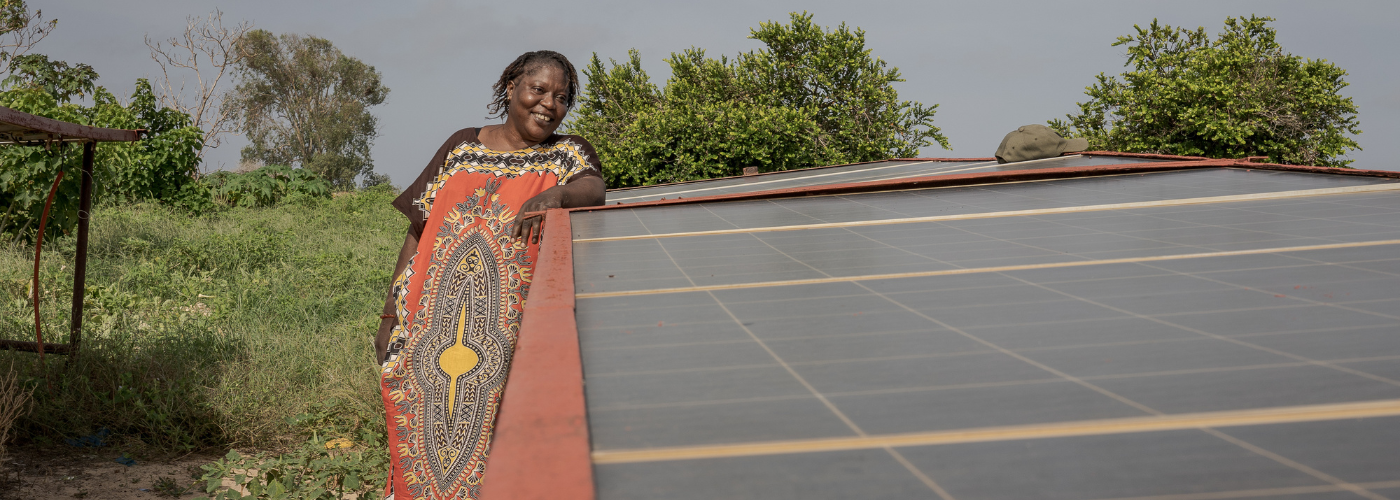
Follow us on: